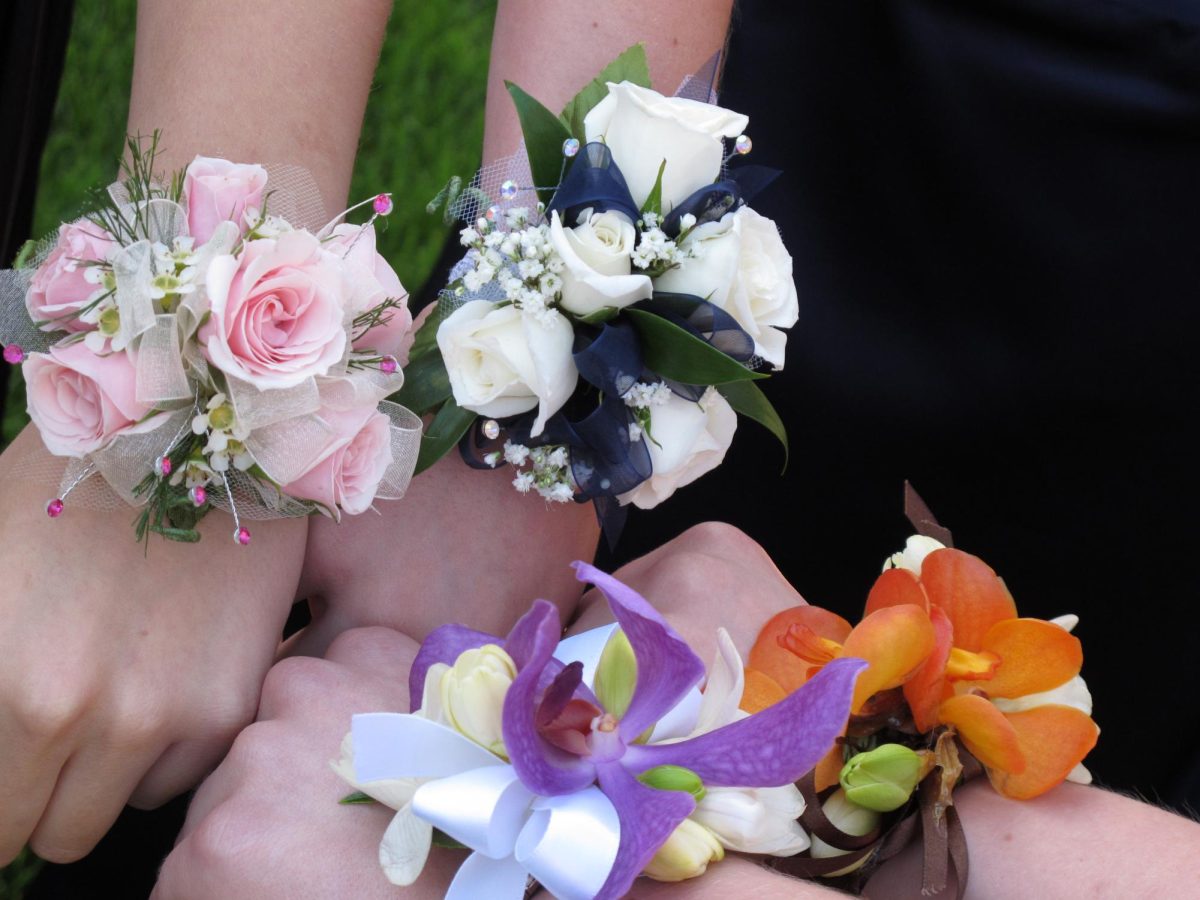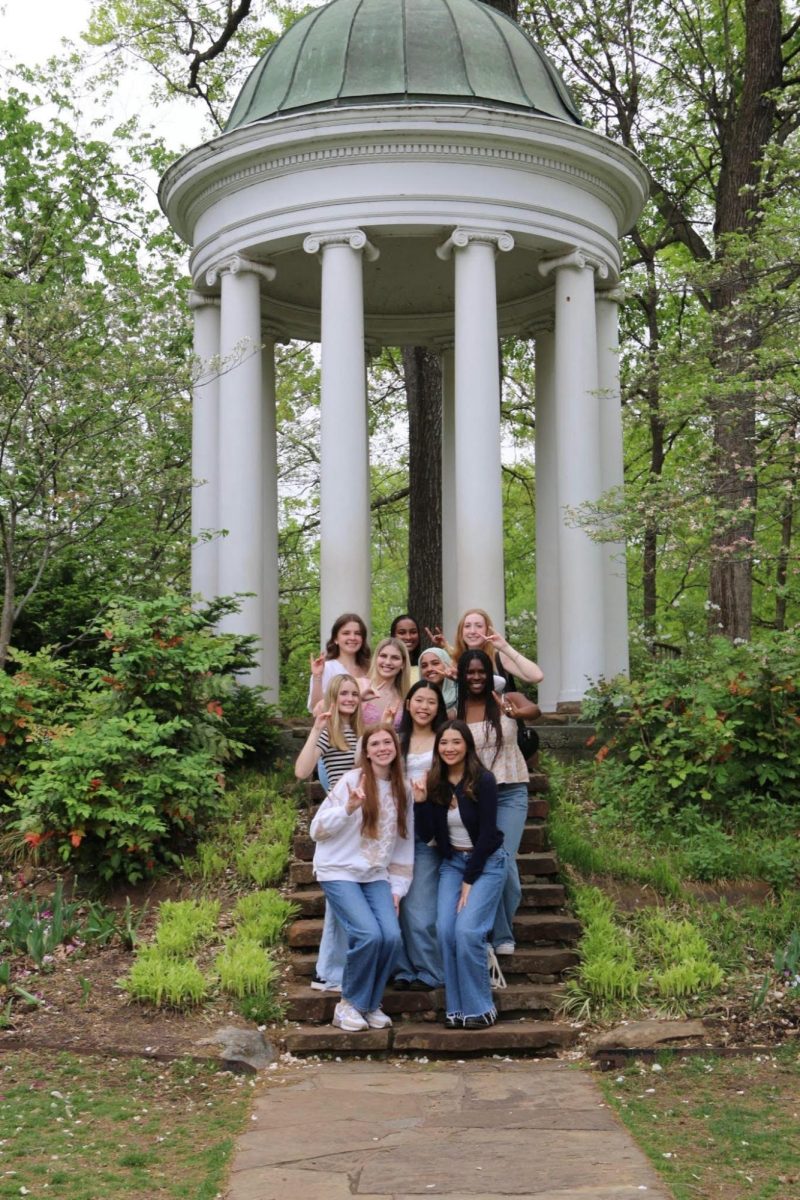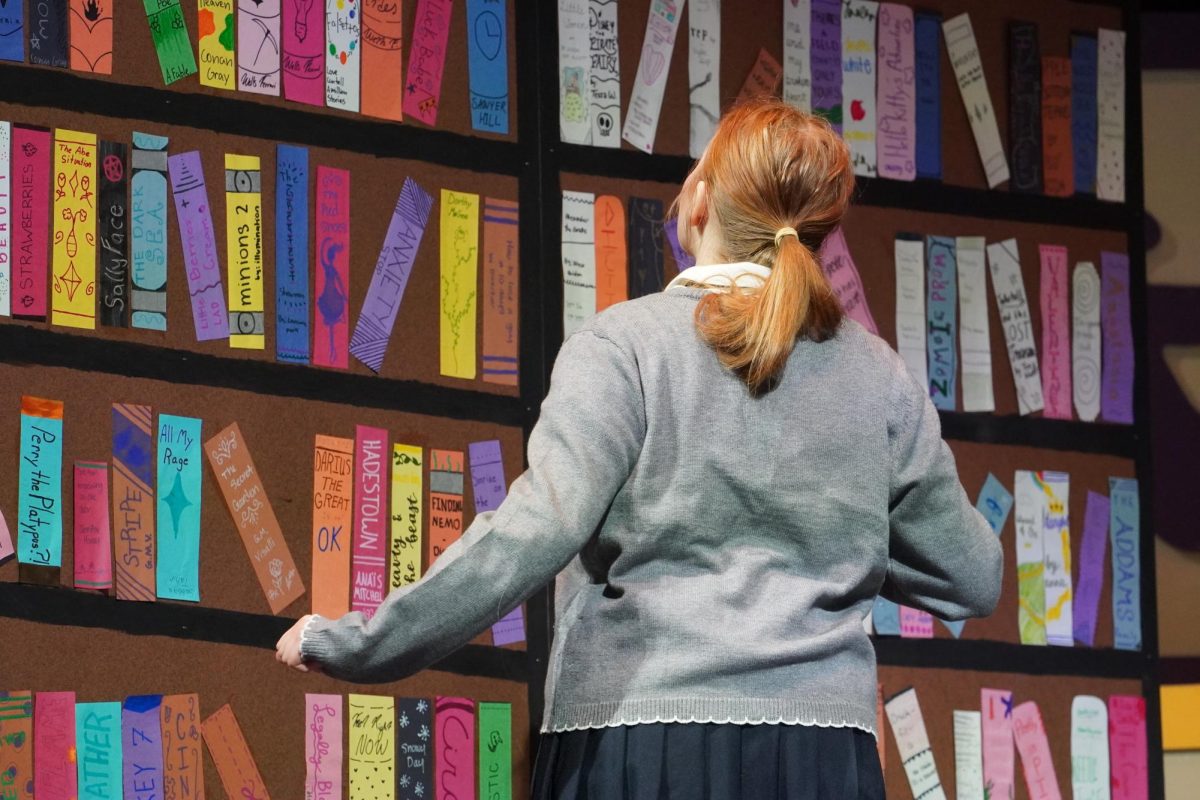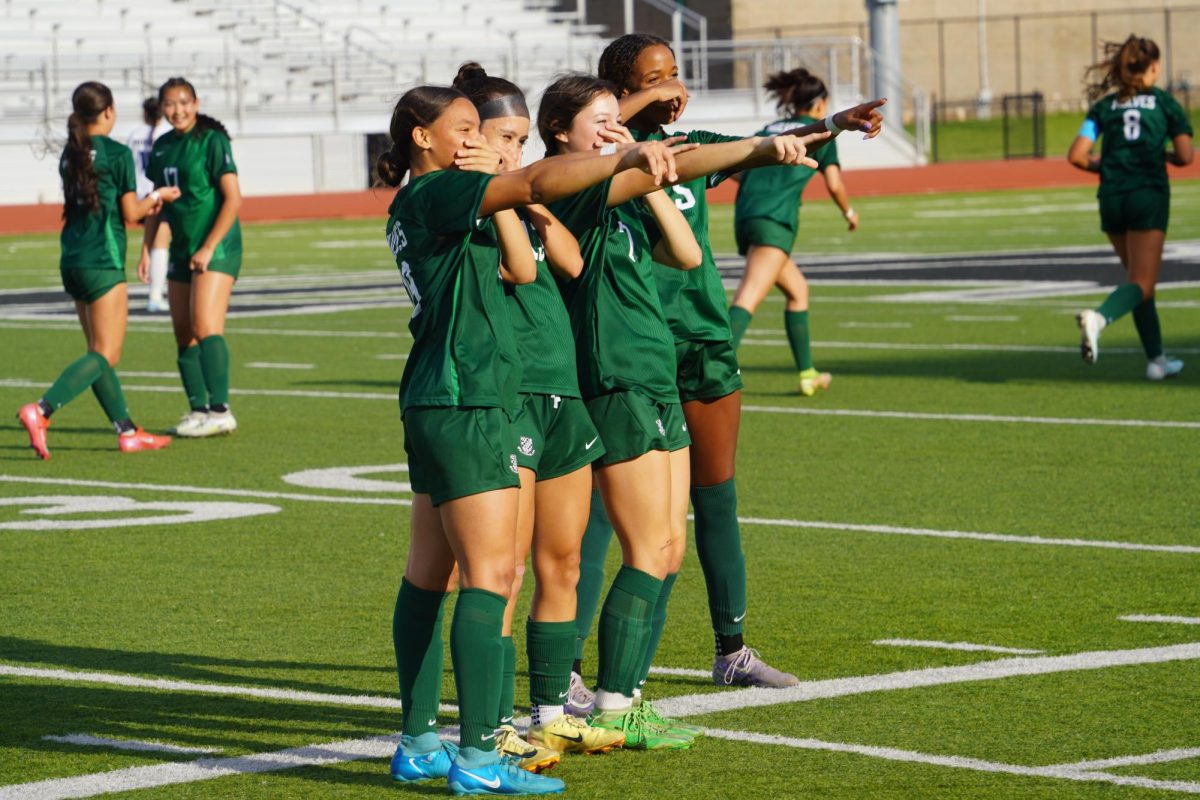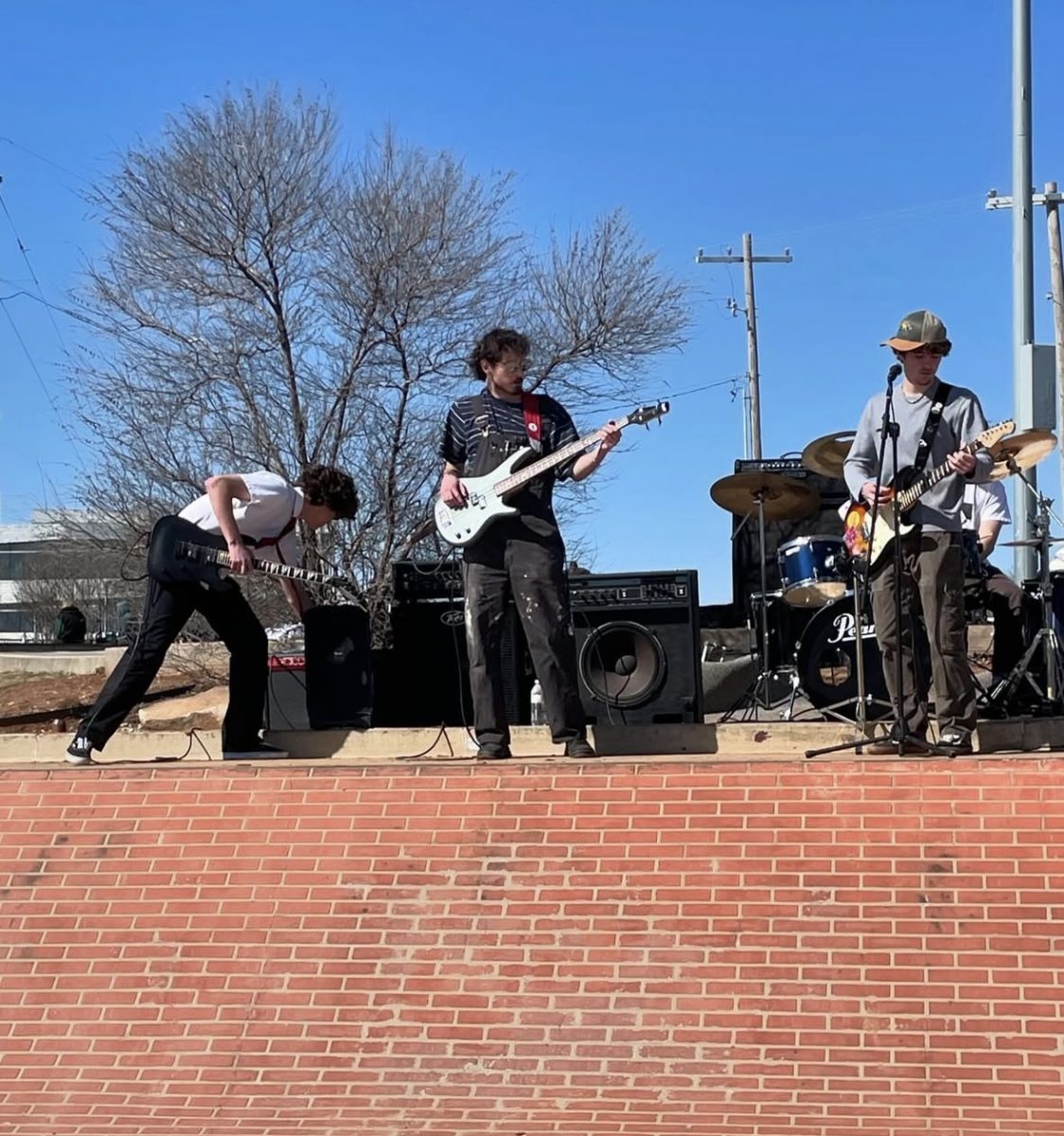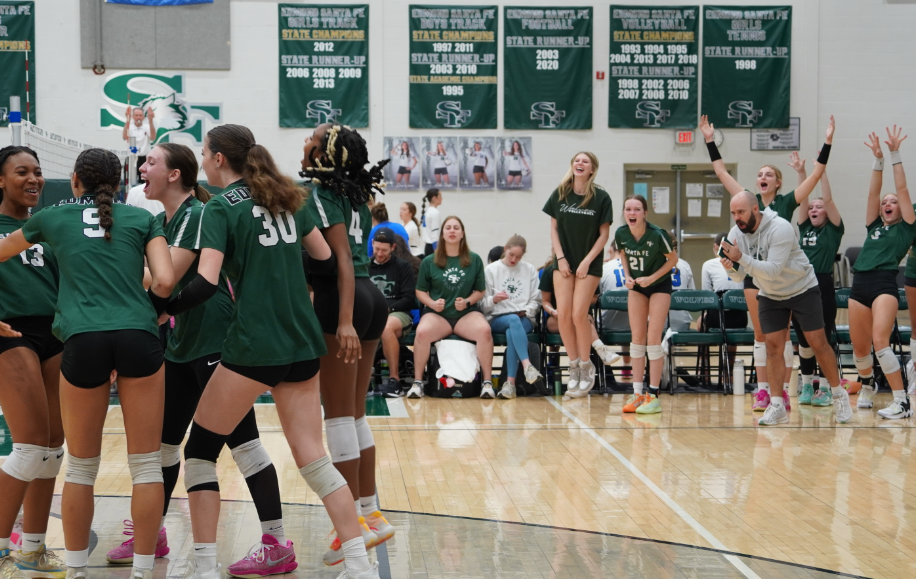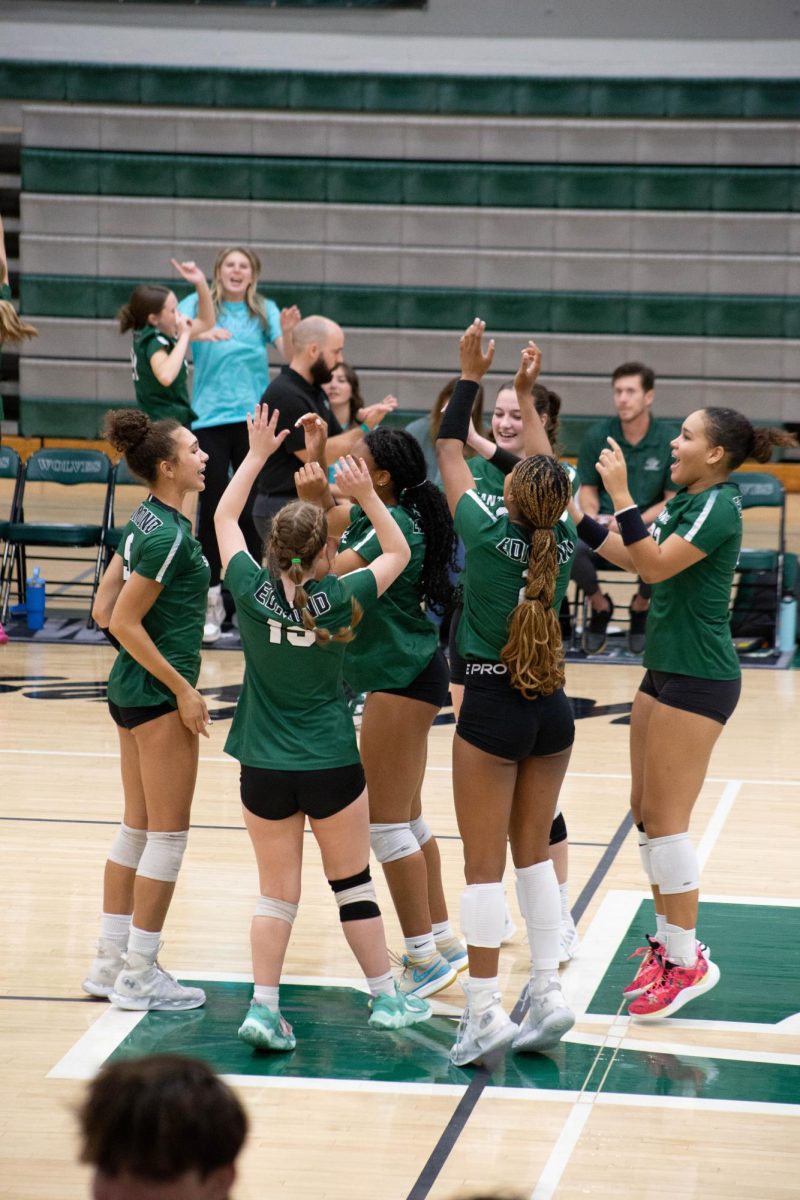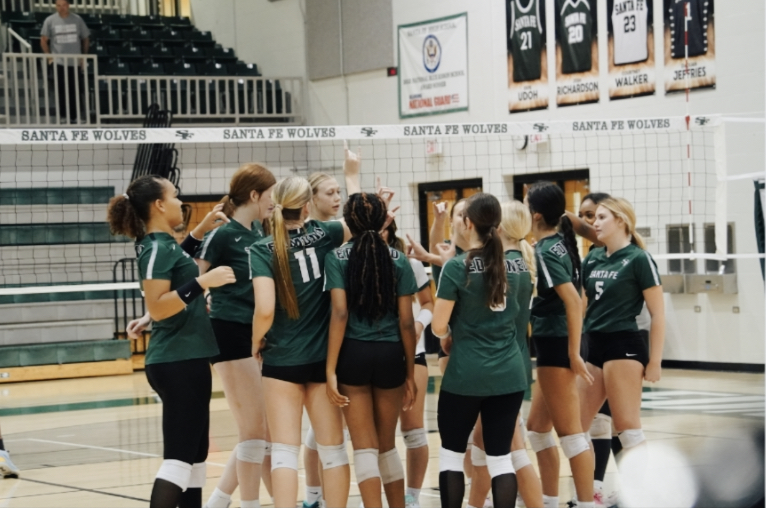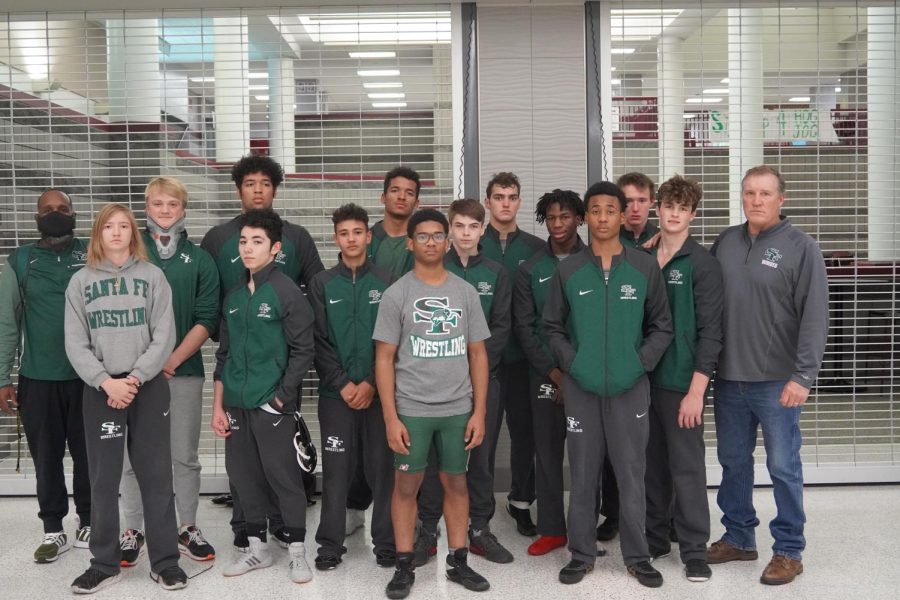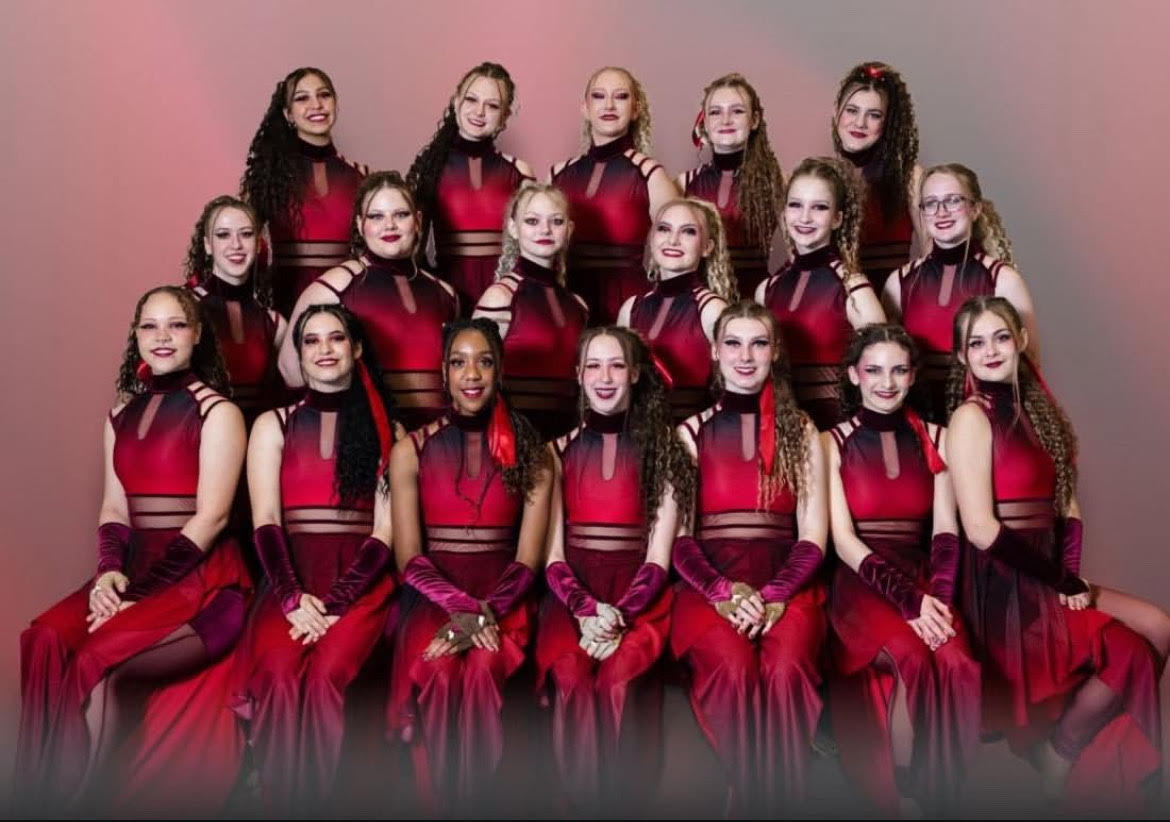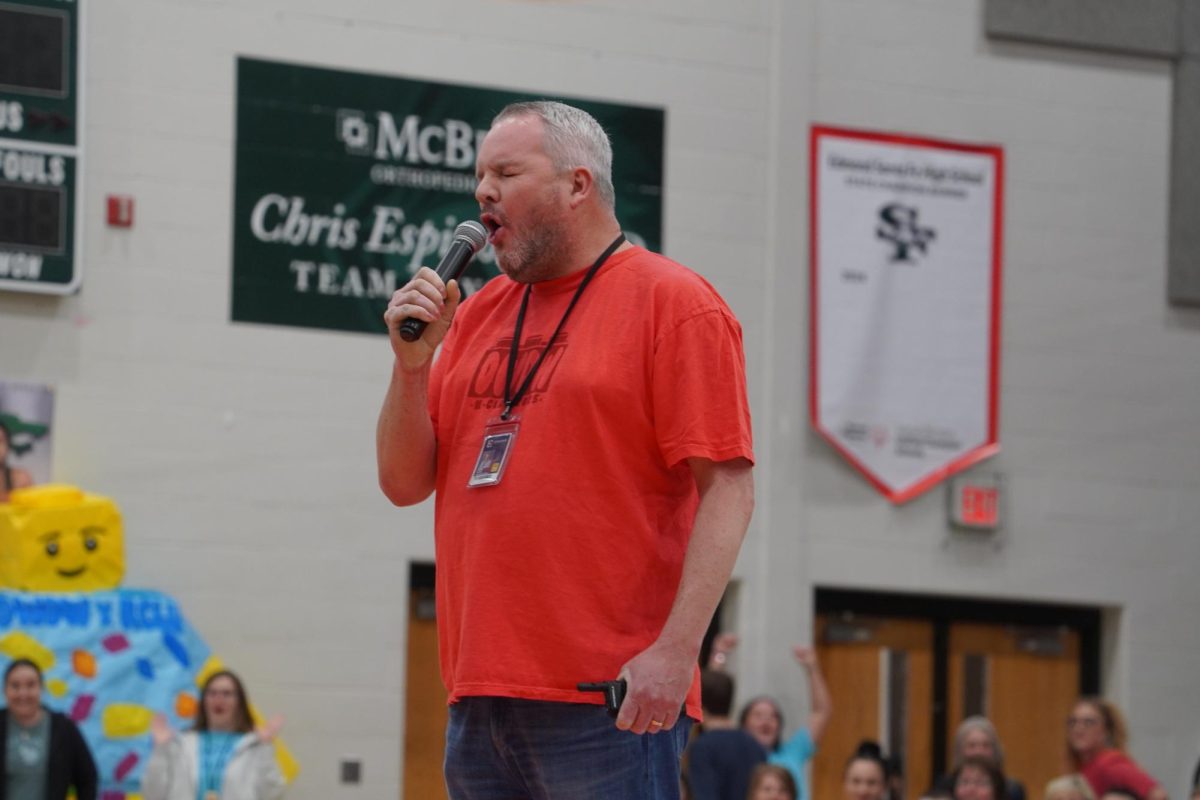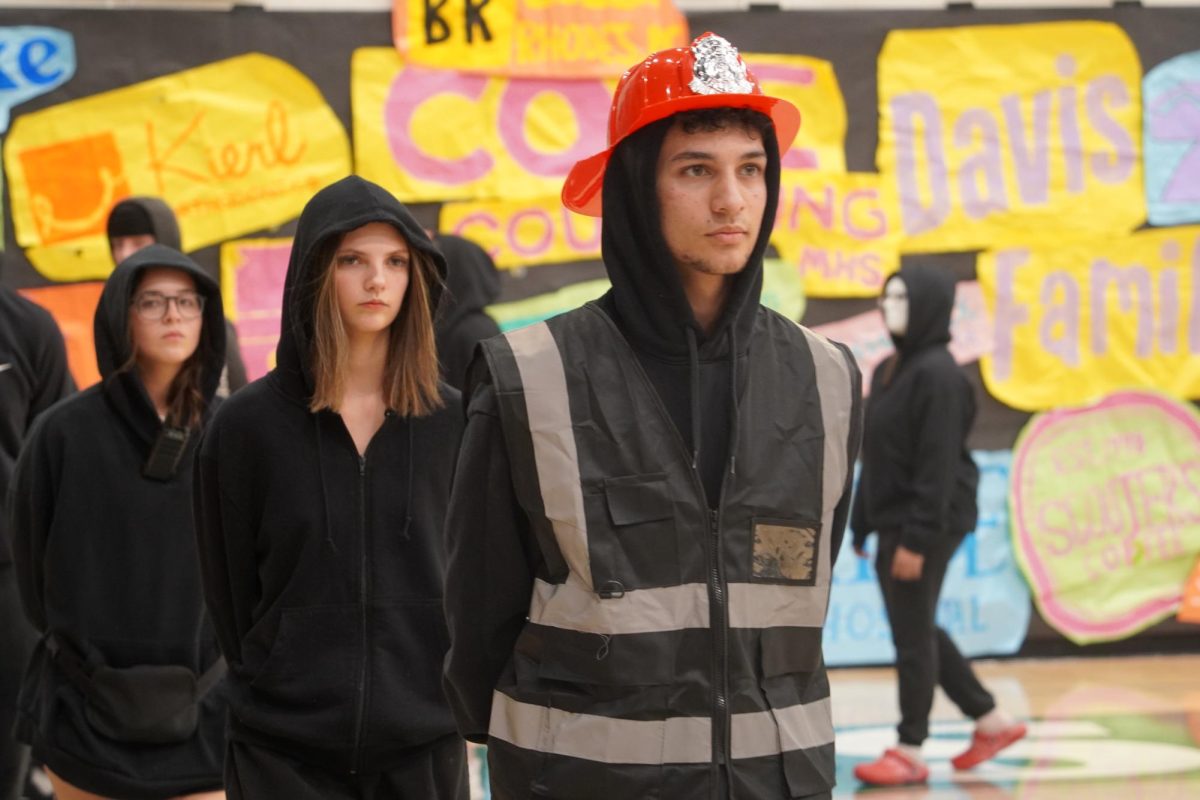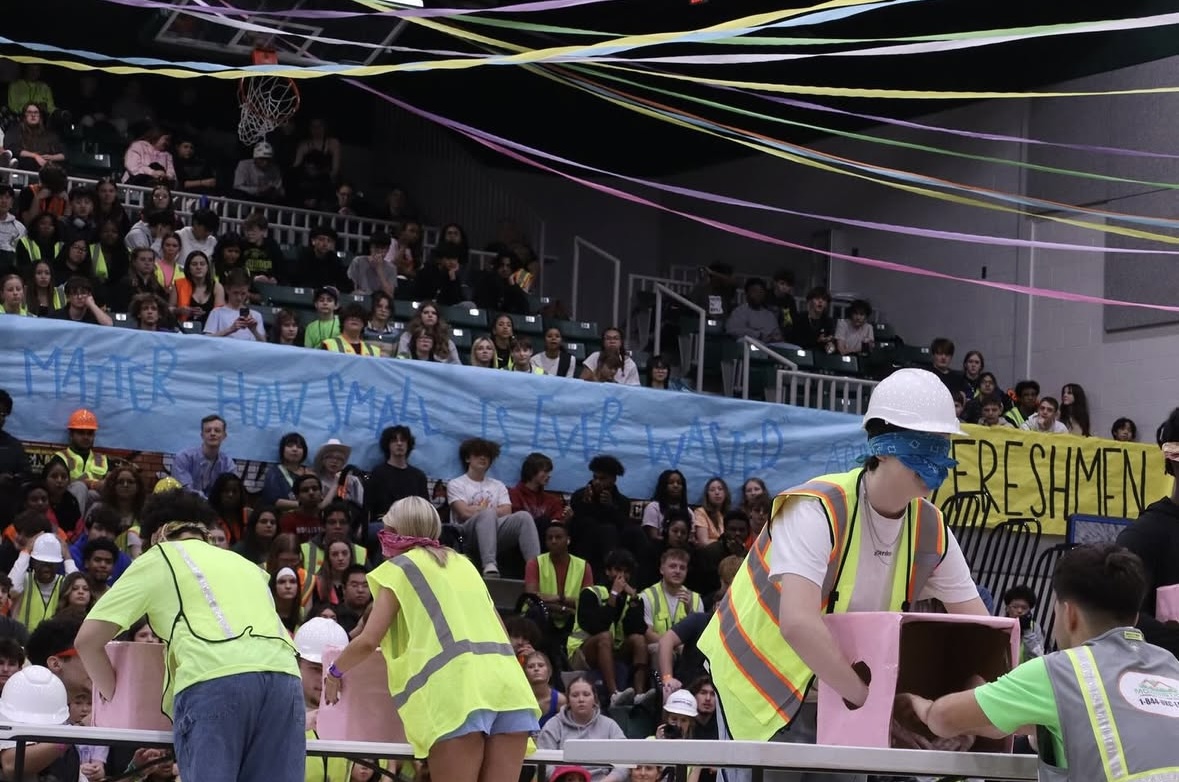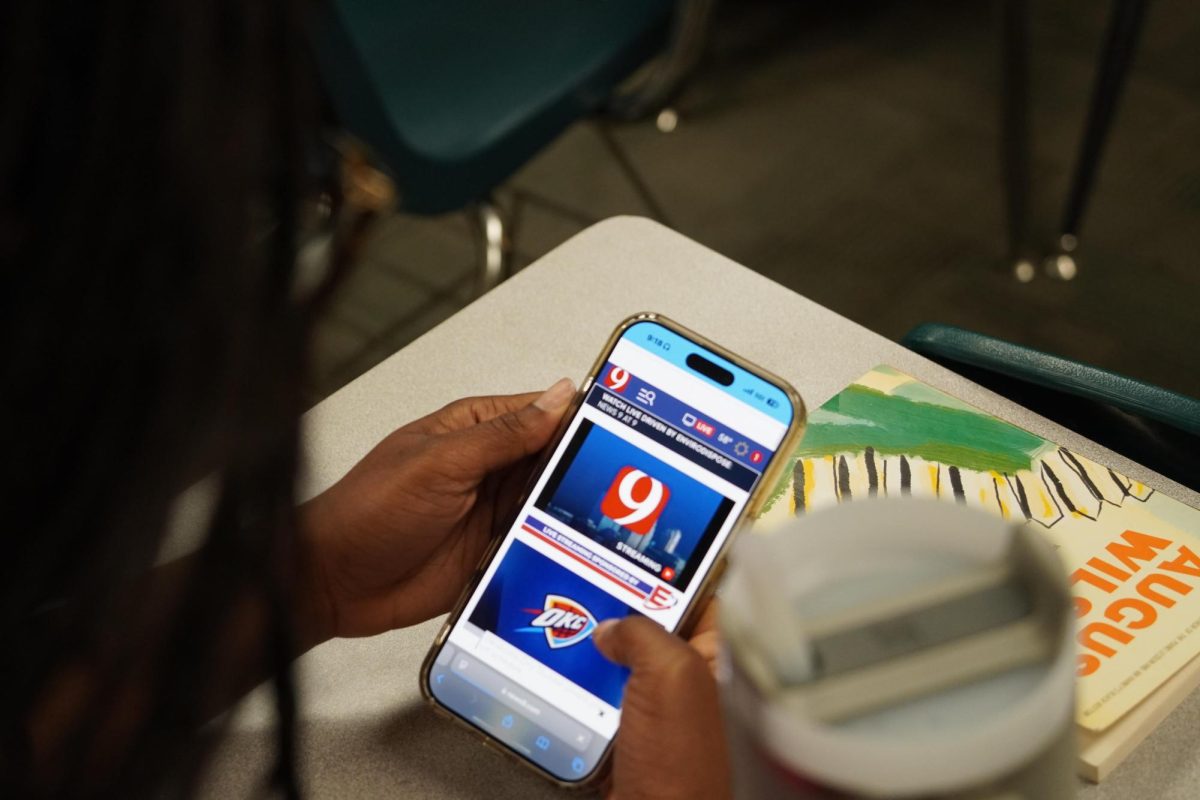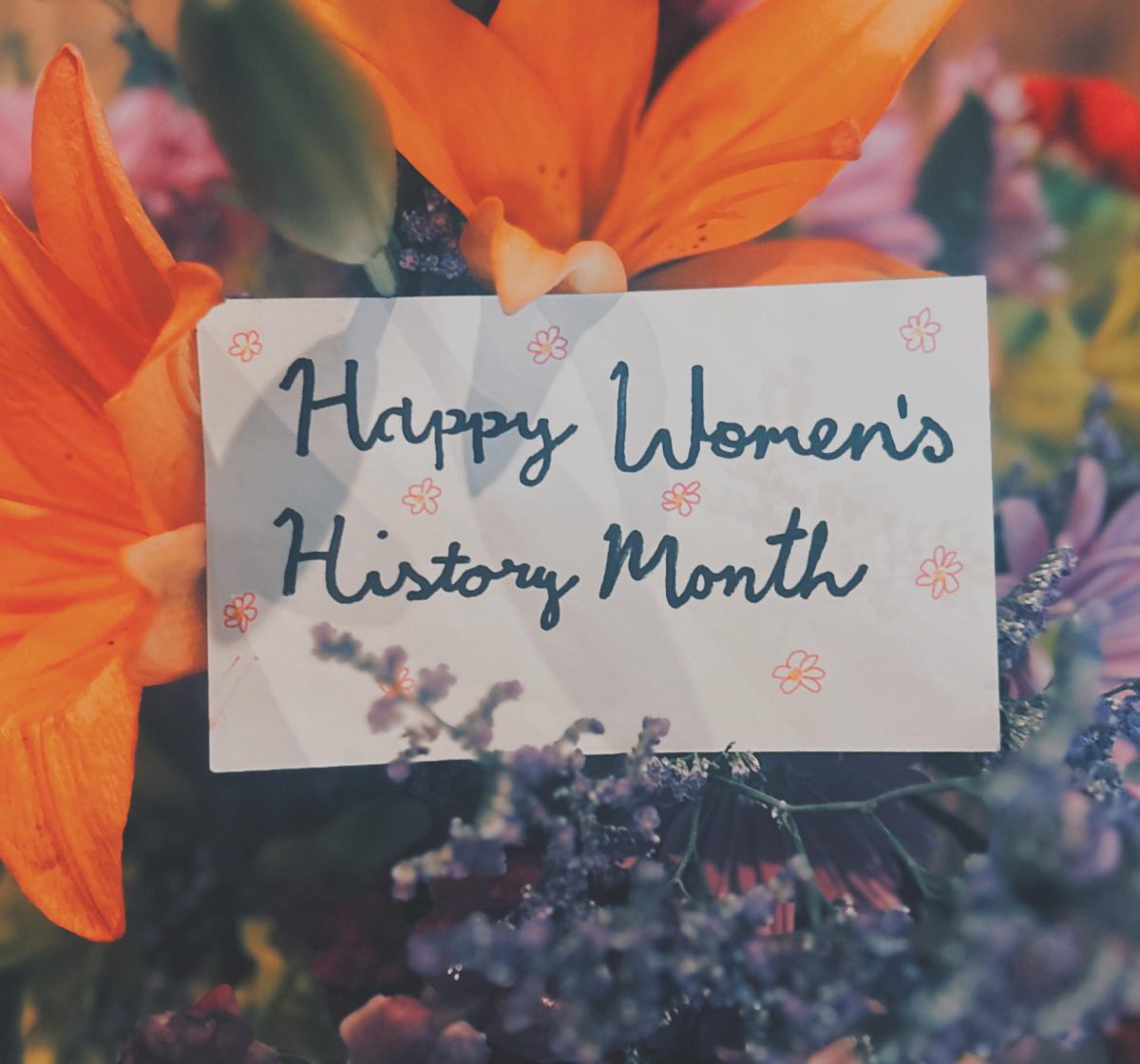Since 1987, Women’s History Month has been recognized as a time to celebrate women’s contribution to American society. It started as a simple celebration devoted to women in Santa Rosa, California, but it soon became an official holiday.
Education played a major role in getting women’s history its well deserved recognition. Without the support of schools in our country, Women’s History Month wouldn’t have been able to reach its full potential. For example, schools in California had speakers about women’s history and held “Real Woman” essay contests. (History.com)
The first step toward a national celebration was when President James Earl Carter Jr. proposed the week of March 8th as National Women’s History Week. When it started gaining momentum, other countries began recognizing and embracing the holiday too (NWHA National Women’s History Alliance).
It became so popular that some states in the U.S. started celebrating the entire month instead of only one week. Eventually, this led to Congress officially declaring the month of March as Women’s History Month.
Today, students can use this time to learn more about women’s contributions.
“Learning about what women in history have done motivates me to do more. I celebrate it by spending time with role models in my life like my sister and my mom,” junior Mia Barnett said.
Researching important women in history and asking family members for more personal stories does not have to be limited to one month. For more information about how to celebrate Women’s History Month, click here.

